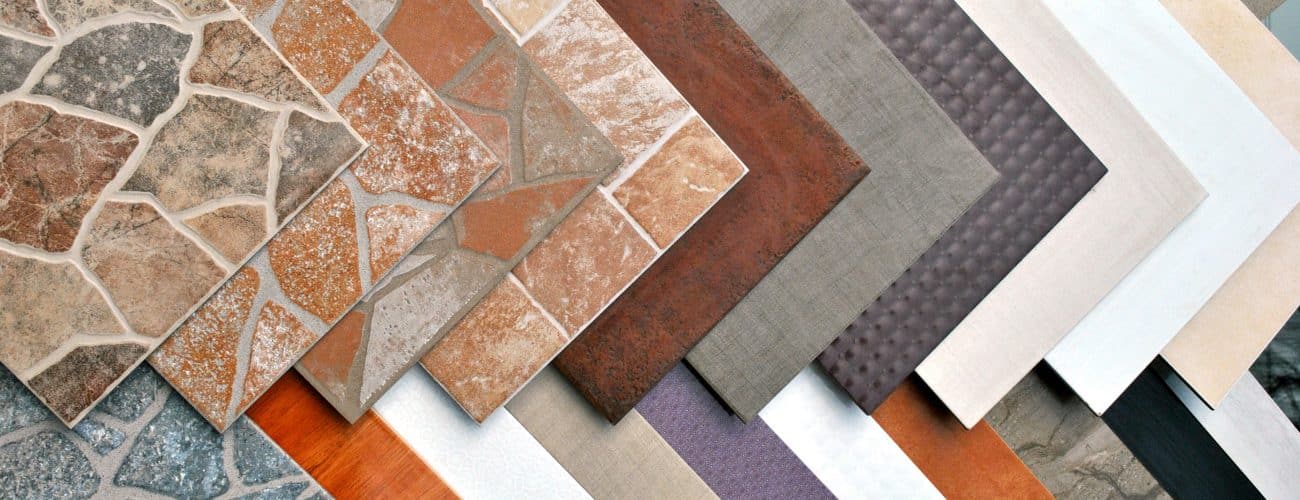If your tiles have become stained from water or debris, and the grout is beginning to show indications of deterioration and signs of porous grout, now is the time to apply a new sealer to your tile grout. Before discussing how to prevent porosity from occurring again, let’s take a closer look at what causes it.
Here is a simple description of grout
Cement, sand, and water are combined to create grout, which is used to fill the crevices between tiles. There are two types of grout – cement grout and acrylic grout. Traditional grout made of cement is harder to clean since it dries quickly and cannot be damaged by water or coloured dyes as an acrylic version can.
Applying acrylic grouts is less harsh on your hands since they are more flexible than cement. Nevertheless, if you don’t select an outdoor version (which includes UV protection), these goods may also deteriorate with time as a result of exposure to sunshine.
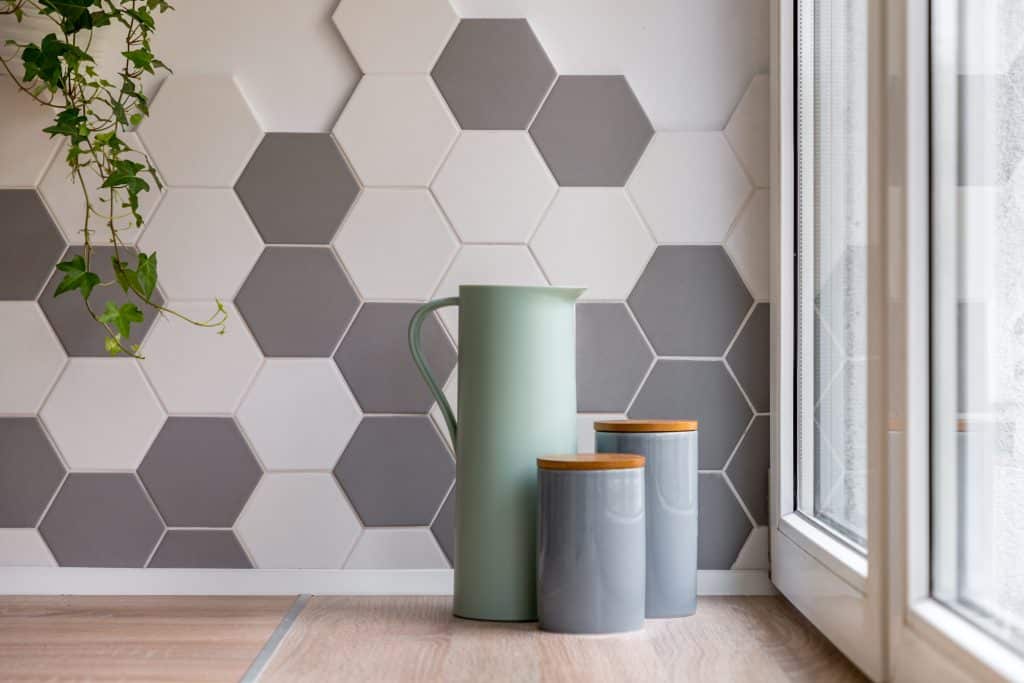
Why does grout need to be sealed?
For a number of reasons, grout should be sealed. The surface of your tiles will be shielded from stains and water damage when sealed. Second, since dirt, mould, and mildew can’t as easily form in between them, cleaning is easier.
Finally, it stops dirt from accumulating on the tile itself, which if ignored over time, can cause discolouration.
How do you decide which grout sealant is best?
When selecting the ideal sealant for your grout, there are a few factors to take into account.
First, make sure the grout sealer you’re applying is the appropriate version for the product. It is vital as different types of sealers work better on different types of grout.
Second, the effectiveness of a sealer in sealing porous tile grout depends on a variety of factors, such as:
• What humidity level is present in the area (or rooms)?
• How often does this room become wet? Is there a lot of foot traffic in these locations that can eventually allow moisture to soak through?
• What colour is the tile or grout at the time of installation? When I use this product on my surface(s), will the colour I get be the same as the original?
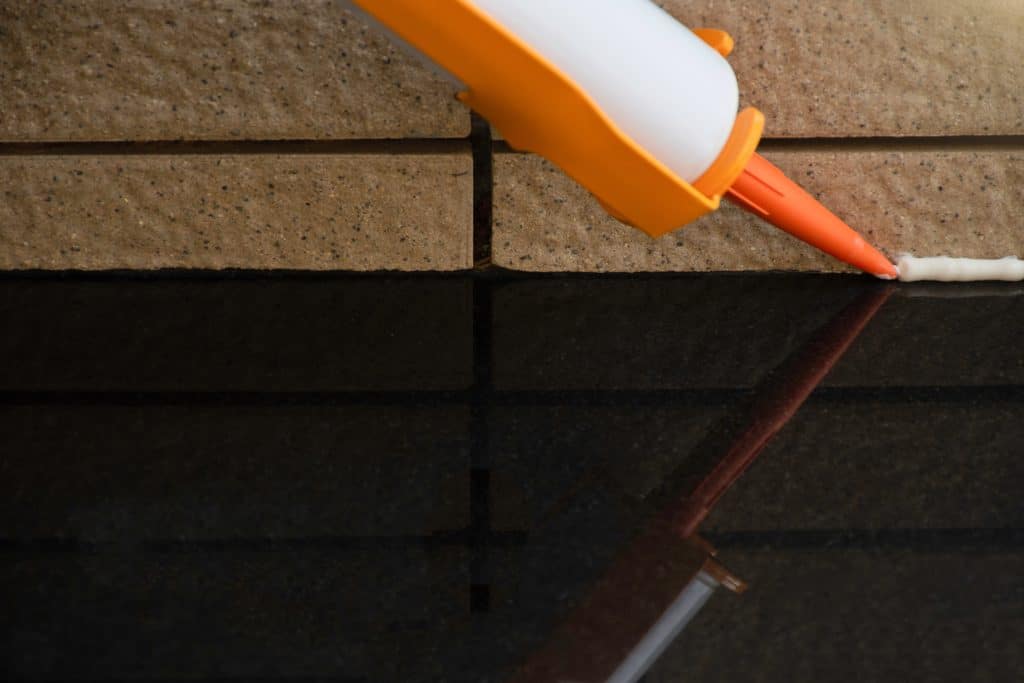
What to check for when grout is sealed?
Before choosing a sealer, it is very important to read the label. Before applying the sealer, be sure it is the right product and can be used on tile grout. If you’re unclear about this, seek advice from a skilled specialist or contractor.
You should also find out whether the product is water- or solvent-based (carcinogenic). Water-based products are generally safer and kinder to the environment because they produce fewer volatile organic compounds (VOCs) into your home than solvent-based ones.
A good tile sealant will protect your grout from stains and water damage. You can prevent stains, water damage, and mould growth by applying the right tile sealant. By doing this, you can be sure that your grout will look good for a long time.
What makes grout between tiles porous?
The wrong application and installation are just two of the many factors that contribute to tile grout porosity. Additionally, poor cleaning and water damage can cause porosity. You should be cautious not to leave cleaning products that contain bleach or ammonia on the surface for an extended period of time as these chemicals might leave stains on your grout.
The most common method to prevent porosity is to precisely follow the manufacturer’s instructions when installing your tiles or grout (always wear gloves). Make sure the surface has been well cleaned before applying any sealer or coating material. If any dirt particles are left behind, they may eventually become trapped inside the grout lines when they expand (as a result of exposure to moisture).
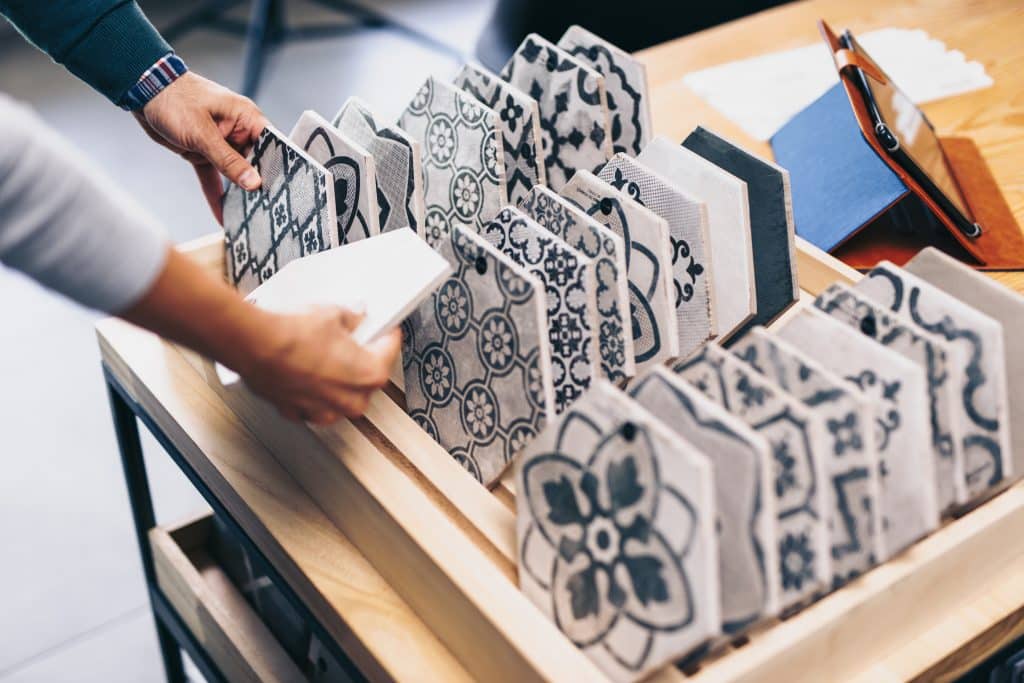
How can a porous tile grout problem be resolved?
As a first step, make sure you’re using a sealant designed for porosity. There are many different types of grout, so it’s important to choose one that precisely matches your needs.
The grout lines should be left to dry after applying the sealant, and any surplus should be removed with a damp cloth or sponge (if any). To reach the desired result, repeat this process as necessary.
It’s essential to seal your tiles before painting the walls or adding any additional materials, this will ensure the durability and protect your tiles and grout. Tile is a delicate material that is vulnerable to stains and water damage. Your tiles will stay stain-free and retain their natural appearance for years if you seal and take care of them.
Porous grout can be caused by a number of reasons, including improper application and water damage. One of the most common causes is inadequately applying grout to your tile and/or wall surface. It won’t adhere well without the correct application, and it might eventually become brittle or fall out entirely. Neglecting to thoroughly clean your tiles or walls after installation. You must make sure that all leftover residue from instruments used to apply tile glue has been cleaned up before they dry up and cause unsightly stains.
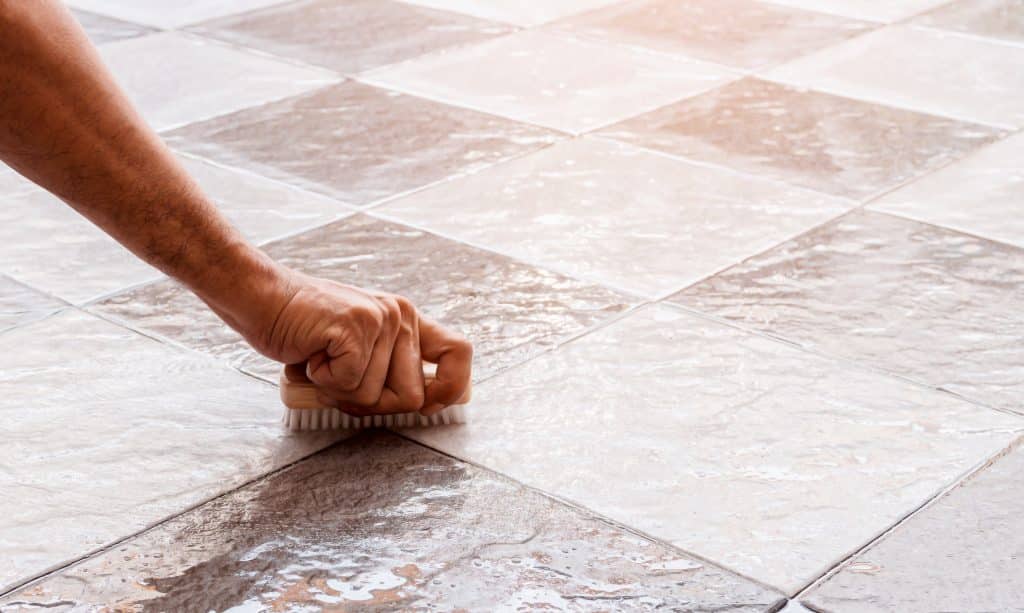
How can I prevent my tiles and grout from becoming porous?
• Continue routine grout cleaning
• Apply a sealant that contains an antibiotic, anti-mildew, or mildewcide. This will prevent the growth of mould and mildew in the grout lines.

